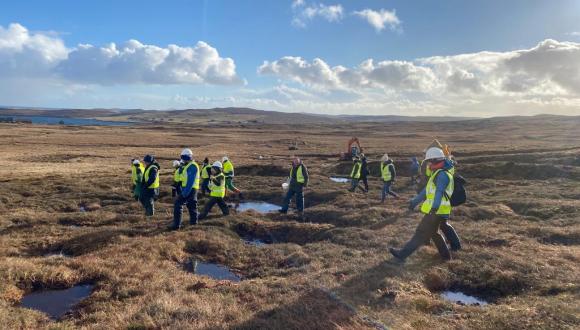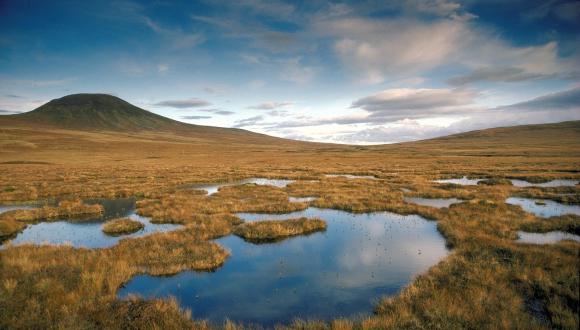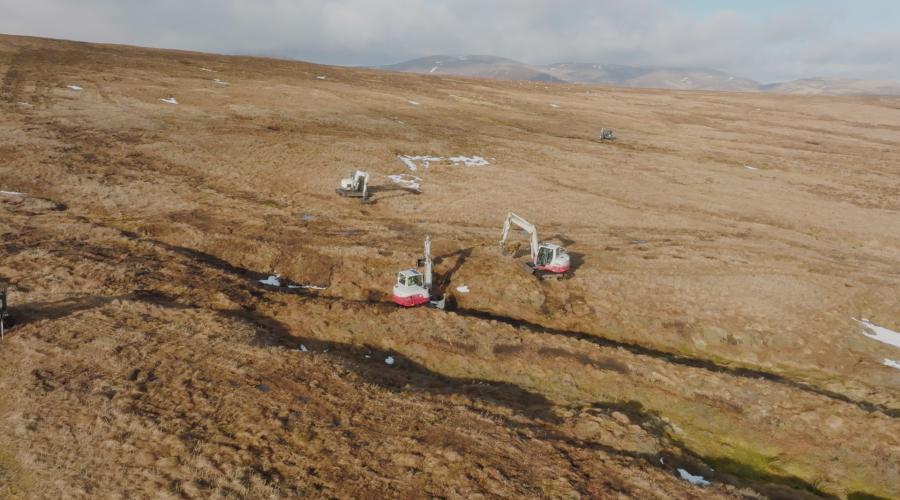
Peatland ACTION Case study: What's the connection between peat and natural flood management?
(Wemyss & March Estates)
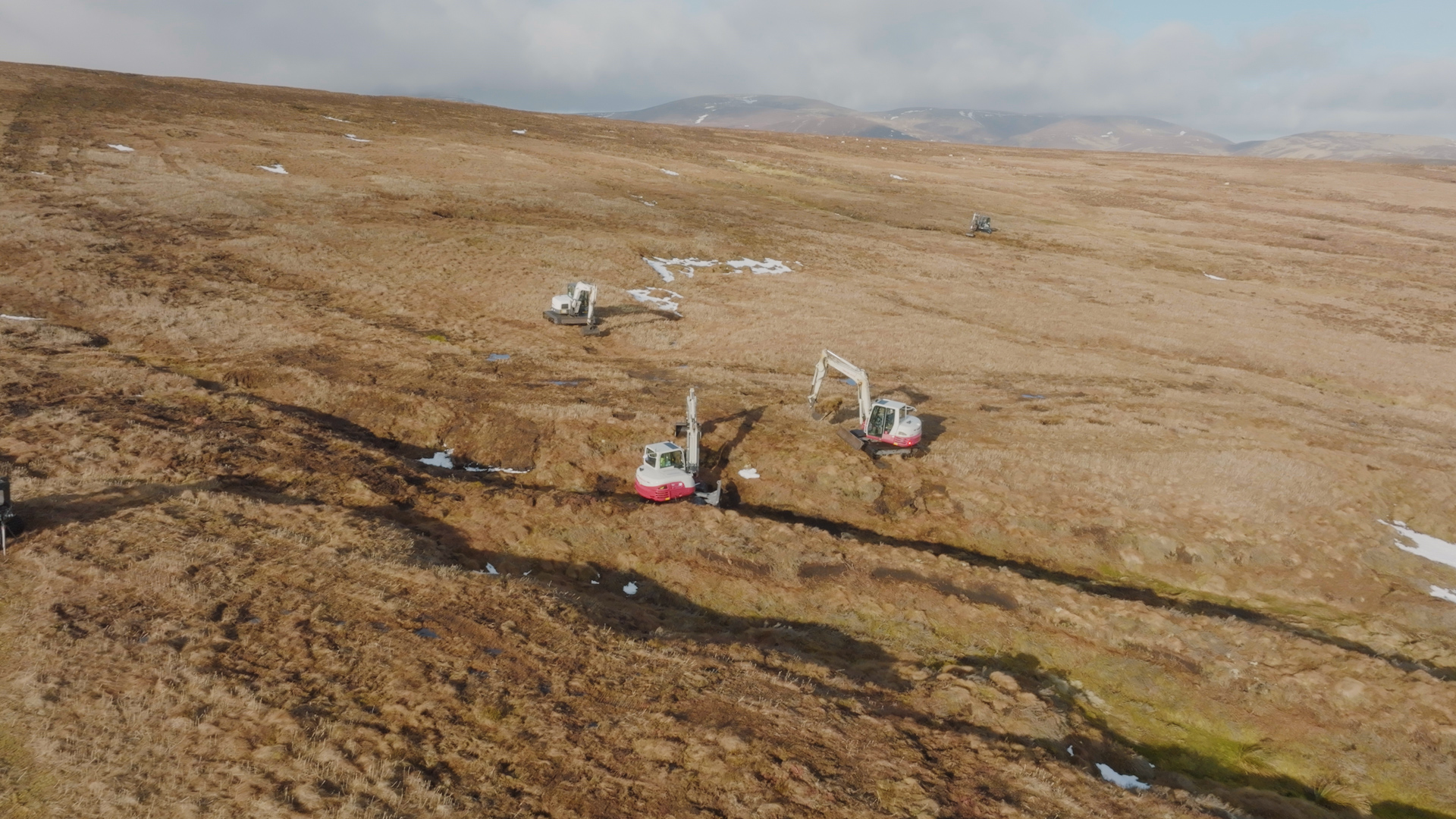
What's the connection between peat and natural flood management?
The answer lies in how peatland restoration can help to reduce the risk of flooding and peat erosion, improving the resilience of fisheries.
Wemyss & March Estates
Wemyss & March Estates’ ambition is to ensure all the peatland at its Megget Estate in the Scottish Borders is in good condition.
Working with Tweed Forum’s Peatland ACTION team, funded by NatureScot Peatland ACTION, it is well on the way to achieving that, with three phases of restoration work complete and two more planned.
NatureScot Peatland ACTION – Restoring Scotland’s Peatlands.
We hear from the landowner and their agents and contractors about their experience of Peatland ACTION and the benefits they’ve seen on their land at Wemyss and March Estates, Scotland.
For more info visit: www.nature.scot/peatlandaction
Megget Estate - champions peatlands in good condition
Megget Estate, part of Wemyss & March Estates, covers over 8,000ha of land in the Scottish Borders, managed for sheep and grouse. While a fair proportion of the 5,000ha of peatland on the Estate is still in relatively good shape, the estate’s ambition is to have it all in good condition, seeing the many benefits that are apparent from the first three phases of work.
Restoration work has already taken place on over 500ha of peatland, through a combination of reprofiling, revegetating, ditch blocking and bunding. The next two phases have now been planned for 2023-2024, thanks to the close working relationship that has developed between the estate and Tweed Forum’s Peatland ACTION team.
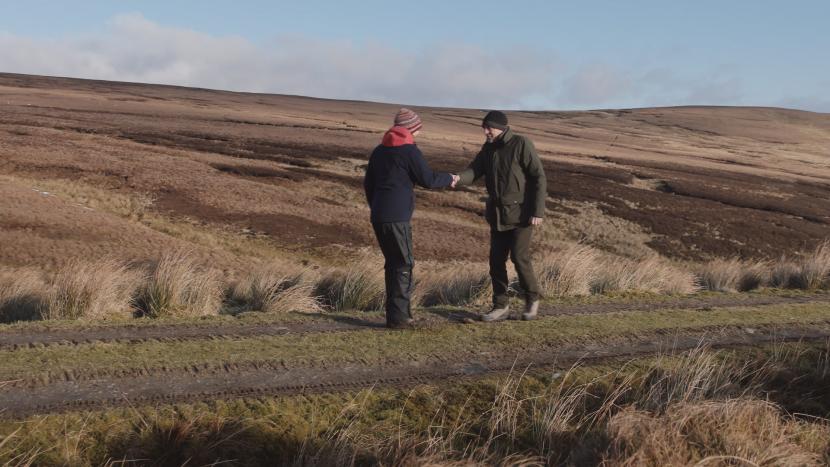
Peatland ACTION Case Study - Wemyss and March Estates
This peatland restoration project at Wemyss and March Estates was funded by NatureScot Peatland ACTION.
©Swift Films / NatureScot - Peatland ACTION
Megget Estate - How it started
The work started with a trial project on just 42ha of peatland in 2017. Its success was the trigger for more phases of work of ever-increasing ambition, with a total of 516ha of restoration work completed by early 2023.
The Tweed Forum Peatland ACTION team have supported Wemyss & March Estates’ Factor Martin Andrew throughout the project, not only with the on-the-ground peat depth and hydrological surveys needed before a Peatland ACTION application can be submitted, but also with project design, monitoring, and crucially, with making the initial application.
Martin commented:
"Tweed Forum are very experienced and extremely helpful. Not only in doing the peat surveys but also in filling in all the forms and dealing with all the administration and contract management that goes with that".
It can take up to 18 months from initial planning to on-the-ground delivery and it’s testament to the commitment of the Estate that with phases 4 and 5 now planned, they are looking further ahead to deliver still more.
Megget Estate - On the road to peatland restoration
Work on the ground has concentrated on reprofiling and revegetating eroded peat haggs and gullies, and blocking hill drains. All the work was done using peat and peatland vegetation from the site itself, minimising the carbon footprint of the work by removing the need to move additional materials onto this remote site.
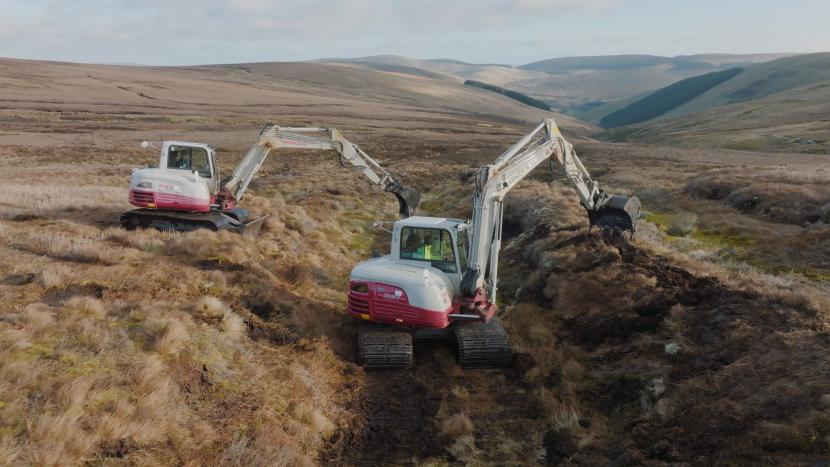
Peatland ACTION Case Study - Wemyss and March Estates.
This peatland restoration project at Wemyss and March Estates was funded by NatureScot Peatland ACTION.
©Swift Films / NatureScot - Peatland ACTION
The isolated and exposed nature of the site has meant that the contractors have sometimes been working in extremely challenging conditions, but by using up to four low ground pressure excavators at a time they were able to shorten the length of time required on site to complete the project.
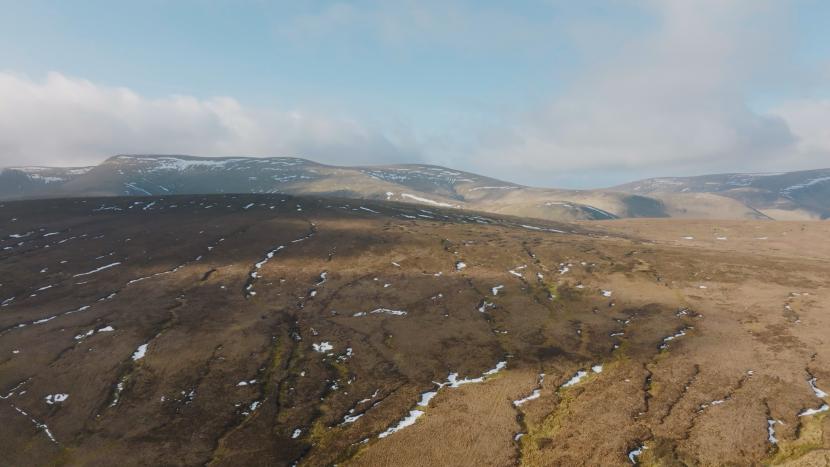
Peatland ACTION Case Study - Wemyss and March Estates.
This peatland restoration project at Wemyss and March Estates was funded by NatureScot Peatland ACTION.
© Swift Films / NatureScot - Peatland ACTION
"The fact that the Scottish Government are supporting peatland restoration, and there are 100% grants to do the work at the moment, mean that you’d be daft not to do it in my view".
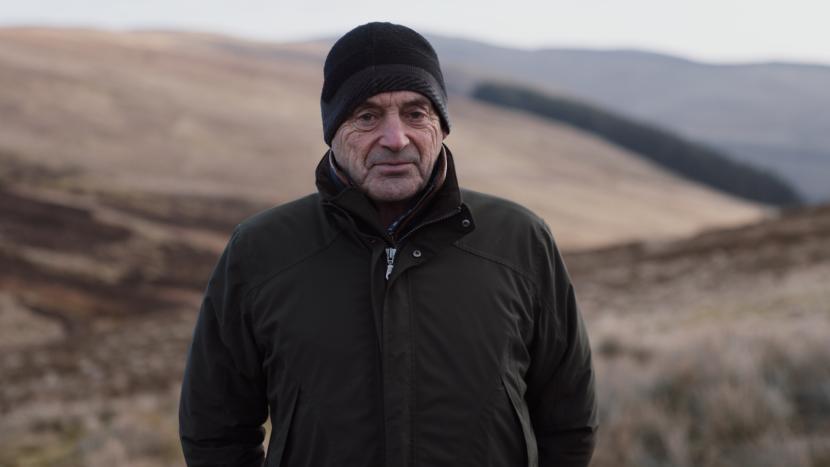
Peatland ACTION Case Study - Wemyss and March Estates.
This peatland restoration project at Wemyss and March Estates was funded by NatureScot Peatland ACTION.
©Swift Films / NatureScot - Peatland ACTION
Megget Estate - Challenges and benefits
Martin Andrews highlighted that one of the challenges with large scale projects like this is cash flow, as the work must be paid for up front and reimbursed.
However Martin Andrews went on to say:
"The grant flow from NatureScot was very quick, so cash management was not a major problem, but it is something you’ve got to factor in".
Because the work has taken place over a number of years Martin Andrews says he has already been able to see some of the benefits from the restoration done in the first phases. Biodiversity has risen, as the higher water table has improved peatland vegetation which has led to an increase in invertebrates - and as a result better food sources for the local birdlife.
Water quality and water flow regulation were also high priorities for the Estate, as the peatland sits in the catchment for the Yarrow River. Over the last 20 years they have worked with Tweed Forum to look at the best ways to improve and protect the health of the river, and peatland restoration has been part of that solution. The work should help reduce incidences of flooding downstream, holding water back and reducing the speed of run-off as well as reducing the amount of peat erosion. This should increase the resilience of the fish populations in the Tweed catchment.
Finally the estate is looking to gain carbon credits through the Peatland Code from the restoration scheme, which will support with longer term finance.
"We’ve been really pleased with the project. We’ve had very good support from NatureScot and Peatland ACTION. It’s been a challenging project but really worthwhile."
For further information, or to get involved with Peatland ACTION
We want to build on our restoration efforts to create a healthier peatland landscape for people and nature.
- We offer funding for suitable peatland restoration projects across Scotland;
- We offer, where appropriate, multi-year funding;
- We fund up to 100% of the capital costs;
- We fund much of the pre-application work, for example, peat depth surveys and feasibility studies.
- We have officers who can help design your project, offer advice on restoration management and assist you to complete your application and supporting information.
Peatland ACTION case studies: We demonstrate links between peat condition and: fisheries; grouse; carbon storage; wildlife; landscapes; human history; and so much more.
If you would like to contribute to the on-going work of Peatland ACTION please contact [email protected].
For further information: www.nature.scot/peatlandaction.
